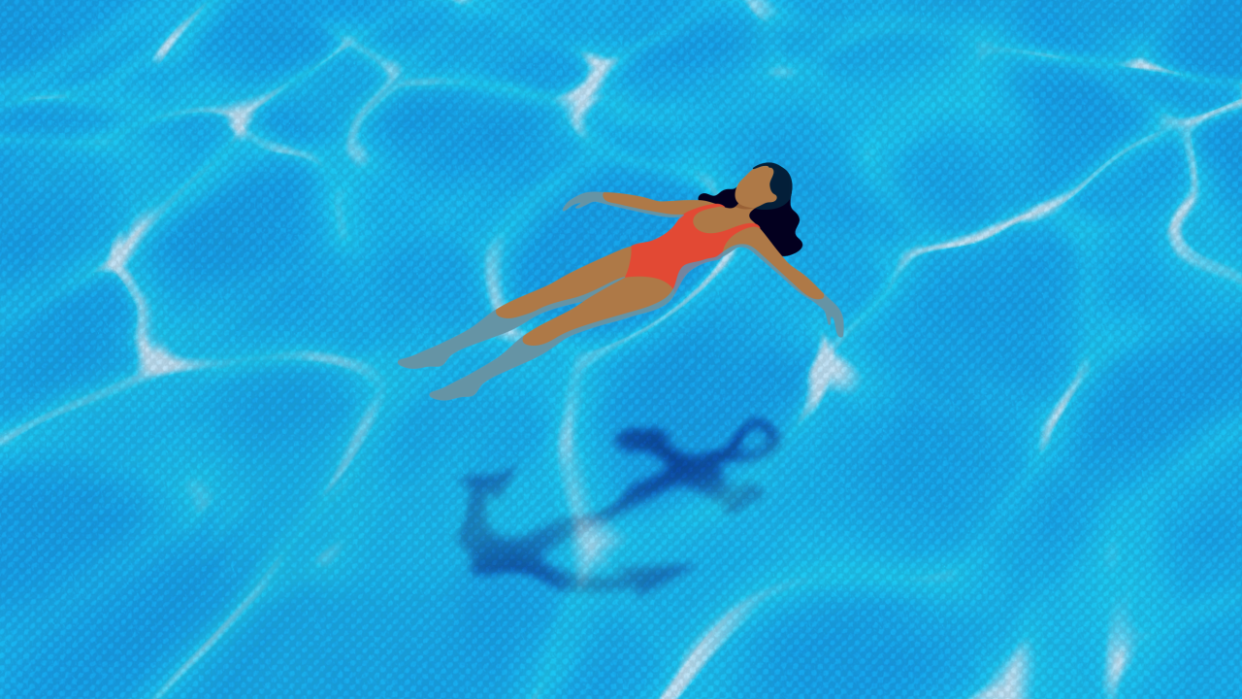How to calm yourself when you feel overwhelmed by work

Stressed out about mounting assignments or a task list that never seems to end?
Here’s where the Breathing Anchor — a breathing and visualization method — can help. Usually, we breathe automatically without thinking much about it. This exercise uses conscious breathing, which is where you train your awareness on your breath.
Here’s how to do the Breathing Anchor.
Sit somewhere quiet.
Rest your tongue on the roof of your mouth.
Breathe in through your nose for a count of four. Make sure to keep your mouth closed.
Breathe out through your nose while constricting your throat, for a count of eight. While exhaling, visualize an anchor sinking inside yourself.
Repeat the breath cycle three times or more, visualizing the anchor sinking lower and lower every time.
A stressful situation, like a looming deadline at work, can trigger the fight-or-flight response, which is where your body's sympathetic nervous system is activated by a sudden release of hormones. This survival mechanism is a natural reaction to dangerous or stressful events. But chronic activation of it can take a toll on the body.
“When we're in difficult emotional states, we have a tendency to breathe through our mouth, to breathe fast and shallow or to hold our breaths. All those take us more into the fight-or-flight state,” says Anders Olsson, a Swedish breathing instructor and author of Conscious Breathing: Discover the Power of Your Breath. To reduce the stress response, he advises trying the opposite: Close your mouth, slow down your breathing and breathe deeply using your diaphragm.
“Your breath is a reflection of your thoughts, your emotions and your physical body,” Olsson says. “Your breathing habits can take you in either direction — towards fight or flight or in the direction towards safe and secure, and rest and digest.”
He recommends using the Breathing Anchor any time you need to feel grounded, such as before eating a meal, in preparation for taking a test or when you’re about to lose your temper with a friend. “Normally, when we are stressed out, we are up in our heads,” he says. “With the Breathing Anchor, you anchor yourself, and that is a beautiful exercise to do.”
View the original article at Chegg Life and signup for the Chegg Life Newsletter
Related...

